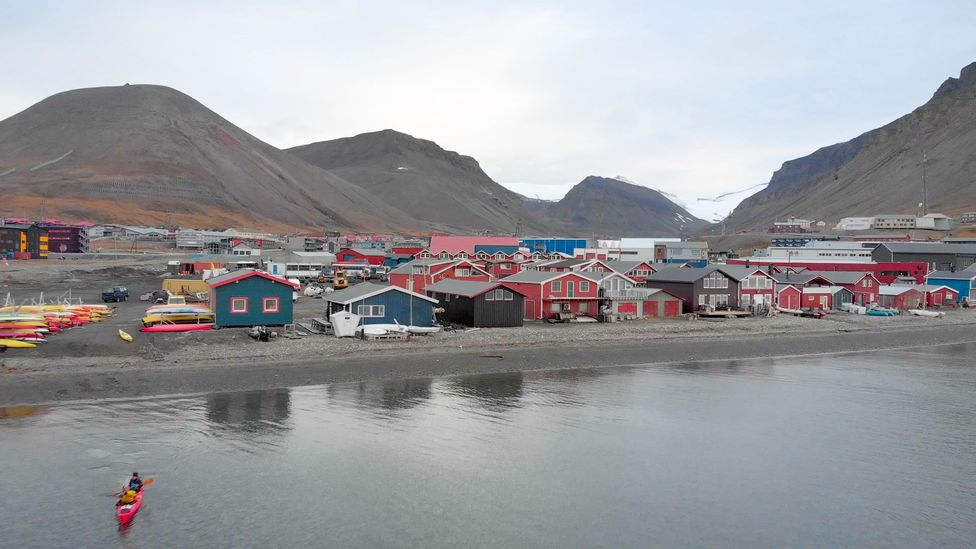The Northernmost State in the US: Exploring Alaska's Unique Location
The United States is a vast country with diverse landscapes and climates. From tropical beaches to snowy mountains, it offers a range of geographical wonders. In this article, we will explore the northernmost state in the US, which is none other than Alaska. We will delve into Alaska's unique location and discover the fascinating characteristics that make it the northernmost state.
1. The Geographical Extremes of Alaska:

Geographical Extremes of Alaska
Alaska, located in the far northwestern part of North America, is known for its vast wilderness, stunning landscapes, and extreme weather conditions.
It holds several geographical records, including being the largest state in terms of land area and boasting the longest coastline in the US. Additionally, it is home to the northernmost point of the entire country.
2. The Arctic Circle and Beyond:
The northernmost region of Alaska extends beyond the Arctic Circle, which is an imaginary line at approximately 66.5 degrees north latitude.
This latitude marks the boundary where, during the summer solstice, the sun does not set, resulting in the phenomenon known as the Midnight Sun.
Beyond the Arctic Circle lies an even more remote and barren land known as the North Slope, which stretches towards the Arctic Ocean.
3. Point Barrow:
The Northernmost Point: Point Barrow, located on the North Slope of Alaska, holds the distinction of being the northernmost point in the United States.
It is situated at a latitude of about 71 degrees 23 minutes north. This remote location experiences extreme cold temperatures, with long, dark winters and relatively short summers.
Point Barrow is an essential site for scientific research and serves as a gateway to the Arctic region.
4. Utqiaġvik: The Northernmost City:

The Northernmost City
Formerly known as Barrow, Utqiaġvik is the northernmost city in the United States. It is situated on the shores of the Arctic Ocean, about 330 miles north of the Arctic Circle.
Utqiaġvik is home to a small community and is recognized for its unique indigenous culture, traditional subsistence activities, and fascinating wildlife, including polar bears, whales, and migratory birds.
5. Alaskan Wilderness and Breathtaking Landscapes:
Alaska's northernmost position contributes to its awe-inspiring natural landscapes. The state is renowned for its vast wilderness areas, including national parks, forests, and wildlife refuges.
From the rugged peaks of the Brooks Range to the majestic glaciers of the Kenai Fjords, Alaska offers unparalleled beauty and opportunities for outdoor adventures.
6. Impact of the Northern Location:
Alaska's extreme northern location has a profound impact on its climate and daylight hours. The state experiences long, frigid winters with limited daylight and extended periods of darkness.
Conversely, summers bring extended daylight hours, with the sun remaining above the horizon for most of the day. This unique environmental setting creates challenges and opportunities for the people and wildlife of Alaska.
7. Cultural Significance:
Alaska's northernmost location has significant cultural implications for the indigenous communities that have inhabited the region for thousands of years.
These communities have developed a deep connection to the land and have adapted their way of life to thrive in the challenging Arctic environment. Their rich traditions, artistic expressions, and subsistence practices are integral to Alaska's cultural heritage.
Alaska, the northernmost state in the US, stands as a testament to the country's geographical diversity and natural wonders. From the remote reaches of Point Barrow to the vibrant community of Utqiaġvik, Alaska's northern position offers a unique perspective on the world. Its extreme climate, breathtaking landscapes, and rich cultural heritage make it a truly remarkable destination. As we explore Alaska's northernmost reaches, we gain a deeper appreciation for the diverse and extraordinary nature of the United States.